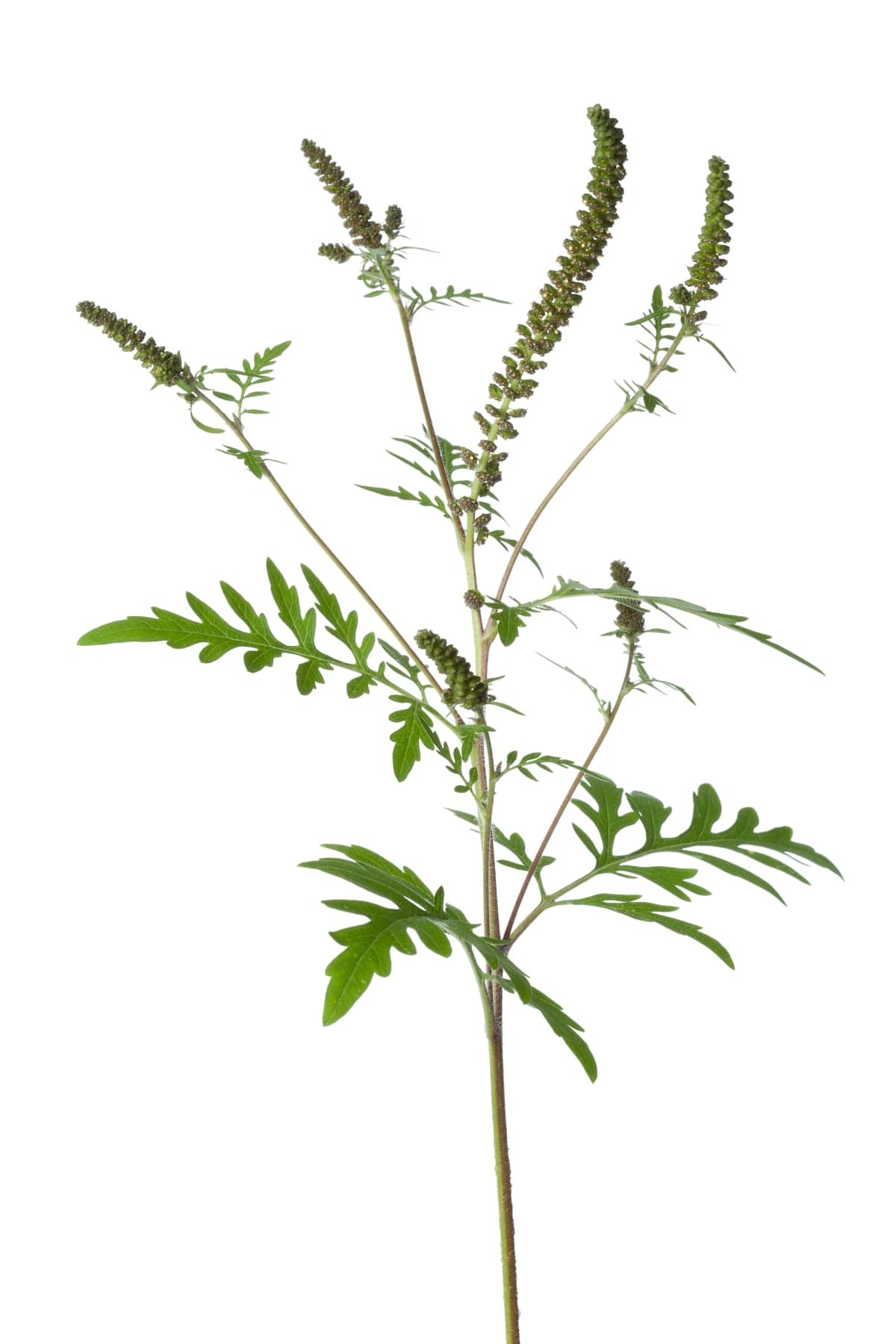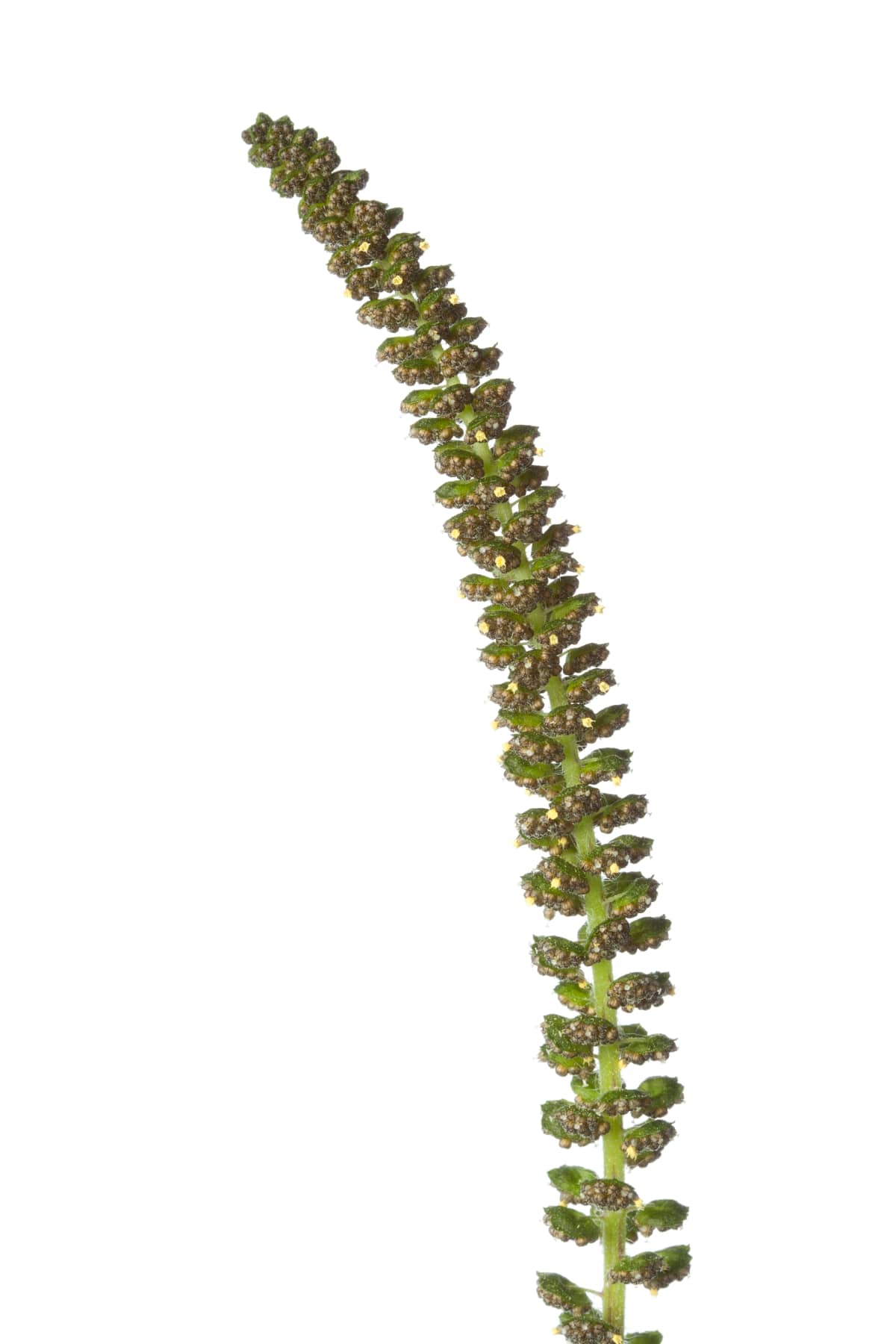Maximizing agricultural yields requires effective strategies for managing ragweed, a notorious weed that can significantly impact crop productivity. From identifying and controlling ragweed to implementing integrated weed management techniques, farmers face numerous challenges in combating this resilient plant. This blog delves into the latest advancements in ragweed eradication, including the use of herbicides, biological controls, and innovative technologies for weed detection.

Ragweed Management
Understanding Ragweed Infestation
Ragweed infestation poses a significant challenge to agricultural yields and farming efficiency. Common ragweed (Ambrosia artemisiifolia), giant ragweed (Ambrosia trifida) are highly competitive and can cause substantial crop loss if left unmanaged. Understanding the impact of ragweed infestation on crop yields and farming efficiency is crucial for effective management strategies.
According to Kovalev and Vechernin (1986), the weed-controlling action of feeding fronts consisting of beetles sharply increased yields of lucerne, sainfoin, and maize by two- to threefold, demonstrating the detrimental impact of ragweed infestation on crop production. Additionally, common ragweed is reported to be highly competitive and a major cause of crop loss on both continents, highlighting the urgency of effective management strategies.
Identifying Common Ragweed Species
Identifying common ragweed species, such as Ambrosia artemisiifolia and Ambrosia trifida, is essential for targeted management. Common ragweed seeds generally germinate primarily in the spring, and the species sets seed late in the summer. Giant ragweed, on the other hand, is one of the earliest emerging summer annuals and can dominate plant communities in disturbed habitats. Understanding the characteristics and emergence patterns of these species is crucial for effective identification and management.
Preventative Measures
Crop Rotation Strategies
Crop rotation plays a vital role in decreasing ragweed density and preventing seed production. Rotations that include late-planted crops tend to decrease, provided weed control in the crop with is adequate. Early harvested crops like winter grains or short-cycle, spring-planted vegetables provide an opportunity to prevent seed production and break the ragweed life cycle.
Utilizing Cover Crops to Suppress Ragweed Growth
Straw mulch and cover crops can effectively suppress ragweed growth. While straw mulch is less effective for common ragweed, it can still be useful. Additionally, a study found that the presence of a wheat cover crop decreased common ragweed prevalence, demonstrating the potential of cover crops in ragweed management.
Chemical Control Methods
Selecting Effective Herbicides
Several herbicides have been effective against common ragweed, although resistant populations are known to exist. It is essential to select herbicides that target ragweed effectively while considering resistance issues. Understanding the efficacy and limitations of different herbicides is crucial for successful chemical control.
Timing and Application Techniques for Herbicide Use
Applying herbicides when young, before flowering, has been recommended for effective control of ragweed. Understanding the optimal timing and application techniques for herbicide use is essential for maximizing the efficacy of chemical control methods.
In case you missed it: Crown Borer Management: Crown Borers Treatment And Control

Mechanical and Physical Control
Tillage Practices to Reduce Ragweed Seed Banks
Tillage practices can help reduce ragweed seed banks and limit the emergence of new plants. Delaying tillage as long as possible allows more seeds to germinate before planting, decreasing the crop’s density. Additionally, slashing or mowing before the plant sets seed can be effective in mechanical control.
Manual Removal and Its Effectiveness
Hand-pulling young plants and preventing seed production through early harvested crops have been identified as effective manual removal methods. However, it is important to avoid contact with flowering plants and pollen, especially for individuals prone to allergies.
Biological Control Options
Introducing Natural Predators and Competitors
The introduction of natural predators and competitors, such as the ragweed leaf beetle and stem-galling moth, has shown promise in biological control. Understanding the ecological impact and effectiveness of these biological control options is essential for sustainable ragweed management.
The Role of Bioherbicides in Ragweed Management
Bioherbicides offer potential alternatives for managing ragweed. Understanding their efficacy and environmental impact is crucial for integrating these options into weed management strategies.
Integrated Weed Management (IWM)
Combining Techniques for Sustainable Control
Integrated weed management (IWM) involves combining multiple techniques, such as crop rotation, cover crops, herbicides, mechanical control, and biological control, to achieve sustainable ragweed control. Monitoring and adjusting management practices based on the specific needs of the farming system is essential for successful IWM.
Technology and Innovation in Ragweed Control
Precision Agriculture Tools
Advances in precision agriculture tools, such as GPS-guided equipment and remote sensing technologies, offer opportunities for targeted and efficient weed management. Understanding the integration of precision agriculture tools into ragweed control practices is essential for maximizing agricultural yields.
Advances in Genetic Engineering and Crop Resistance
Advances in genetic engineering and the development of crop varieties with resistance to ragweed competition can contribute to effective weed management. Understanding the economic and environmental implications of these innovations is crucial for their successful implementation.
Economic Considerations
Cost-Benefit Analysis of Ragweed Management Strategies
Conducting a cost-benefit analysis of ragweed management strategies is essential for evaluating the economic impact of different control options. Factors such as the cost of herbicides, labor, equipment, and potential crop yield losses need to be considered. Evaluating the long-term benefits and potential savings from effective ragweed management can help make informed decisions.
Improving Crop Yields Ragweed Management
Crop rotation is important for ragweed eradication. Including competitive crops like corn makes it difficult for ragweed to establish. Herbicides are also useful control options, though ragweed has developed resistance in some areas. For optimal control, it is best to spray before plants reach 4-6 inches. Cover crops and practices that keep the soil shaded can suppress ragweed growth. Living mulches from clover or alfalfa compete for resources and inhibit germination. Narrow crop rows that close the canopy faster also limit available light.
In case you missed it: Management of Cricket Insects: Controlling Cricket Pests in the Garden

Mechanical techniques, such as mowing before seed set and tilling to bury seed banks, complement other methods. For organic farms, hand-weeding young plants prevents seed rain. Grazing management avoids over-browsing, which promotes weed spread. Integrating multiple strategies regionally is most effective. Monitoring fields and adjusting practices prevents resistance and maximizes yields over time, even with challenging invasive species like ragweed.
Conclusion
By adopting a comprehensive approach that integrates chemical, biological, and mechanical methods, coupled with community involvement and technological advancements, farmers can effectively manage ragweed and optimize agricultural yields while promoting sustainable farming practices.
- Beneficial Insects in Pest Management
- Natural Solutions for Pest Control in Flower Gardens
- Types of Fungicides Used in Agriculture
- Common Issues in the Fruit Development Stage of Pomegranate Farming
- Fruit Development Issues in Papaya: Easy Solutions and Treatment
- Soil-Borne Diseases and How to Protect Your Plants
- Practices to Prevent Disease Spread in the Garden
- From Wilted to Thriving: How to Treat Root Rot Naturally in Houseplants
- Natural Remedies to Cure Brown Spots on Fig Tree Leaves